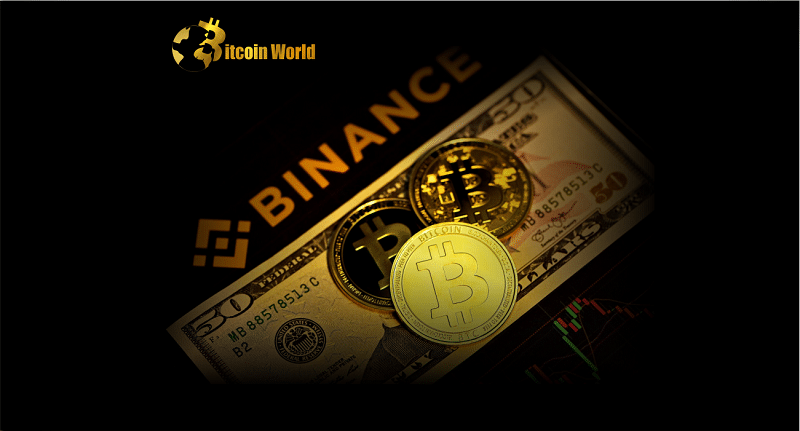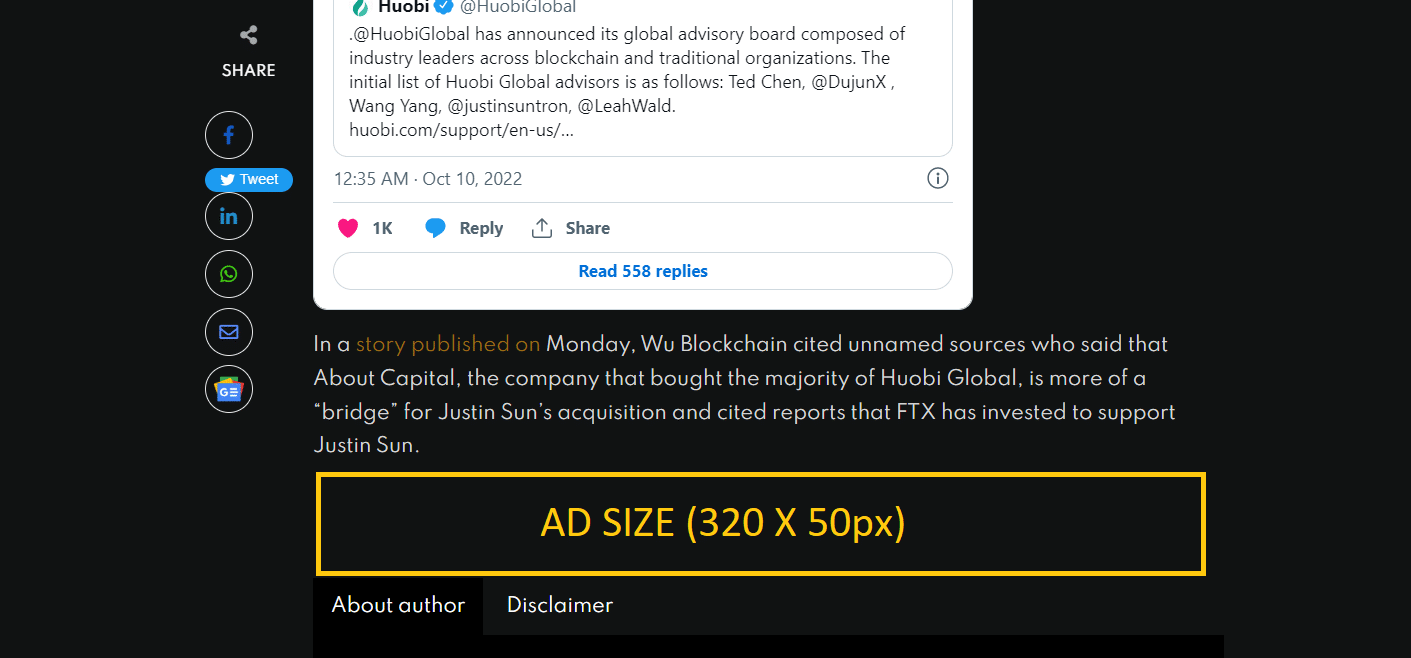When combining volumes from both the spot and futures markets, cryptocurrency exchange trading volumes increased 25.9% to $3.81 trillion last month, marking the third straight month of growth. Despite the increase, Binance’s spot market share fell for the first time in five months.
According to the most recent Exchange Review report from CCData, centralized cryptocurrency exchanges experienced their greatest spot and derivatives volumes since September 2022 in a month highlighted by the depegs of various stablecoins, including USDC, and strong market performance.
According to the survey, Binance lost part of its top-tier exchange spot market dominance for the first time in five months, falling from 62% in February to 57.7% in March. This occurred at the same time that BinanceUSD encountered legal concerns, and Binance discontinued allowing free trading for BTC-BUSD and ETH-BUSD pairs.
Despite this, Binance’s spot trading volume grew marginally to $554 billion. Other exchanges rose faster, with OKX and Coinbase increasing by 29.7% and 23.5%, respectively, to $54.9 billion and $49.3 billion. Binance continues to provide zero-fee trading for the BTC-TUSD and ETH-TUSD trading pairs. Its derivatives market share has reached a new high of 64%.
According to the research, derivatives trading volumes on centralized cryptocurrency exchanges increased 32.6% this month to $2.77 trillion, the largest level since September 2022. Meanwhile, the exchange spot trading volume increased 10.8% to $1.04 trillion.
According to the research, derivatives trading on centralized exchanges boosted its market share to a record high of 72.7%, up from 69% in February. The increased level of derivatives trade might be attributed to market speculation following the loss of pegs for various stablecoins, including USDC.
USDC lost its peg because it was revealed that $3 billion of the stablecoin’s reserves were stored at Silicon Valley Bank, which was failing at the time. Bitcoin regained its value once the Federal Deposit Insurance Corporation (FDIC) announced that it would reimburse depositors.
The CME’s BTC Futures volume jumped by 40.5% in March, reaching $35.1 billion, the biggest amount since May 2022, according to CCData. CME’s BTC Micro Futures experienced a 46.2% increase in monthly volume, with $697 million traded.















